6 Effective Decoding Strategies For Beginning and Struggling Readers
This post may contain affiliate links, and I will earn a commission if you purchase through these links. Please read the disclosure policy for more details.
As a teacher, you know that decoding strategies are essential for all readers. But what are the best ways to teach these strategies? And how can you make sure they’re effective? Check out these tips and ideas for decoding strategies for beginning and struggling readers!
What is decoding?
Decoding is the term for sounding out a word.
Reading Rockets defines decoding as “the ability to apply your knowledge of letter-sound relationships, including knowledge of letter patterns, to correctly pronounce written words. Understanding these relationships gives children the ability to recognize familiar words quickly and to figure out words they haven’t seen before.”
Many children pick up decoding skills naturally but some will need explicit instruction to learn how to decode words.
Teaching Decoding Skills
Teaching students how to decode words relies heavily on teaching phonological awareness and phonics skills.
Phonological awareness is the base of learning how to read and spell. If students don’t know what sounds graphemes make, they can’t sound out a word.
In addition, morphological knowledge will help students break down words into smaller parts to help them decode. If they know prefixes, suffixes, roots, and bases then they can identify those parts and start there.
Students also need to know what a phoneme is, how to segment and blend, syllable division, word parts, and common spelling patterns.
Once students have a good phonological base, you can model effective decoding strategies.
With all of the strategies outlined below, it’s very important to explicitly model how to do these to students many times before they can do it on their own. As always, ‘I do, we do, you do’ so students see exactly how to apply these strategies.
Effective Decoding Strategies
These strategies are listed in no particular order.
While segmenting and blending are enough for simple words such as VC and CVC words, students working with more complex words will likely need to employ other strategies in addition to these.
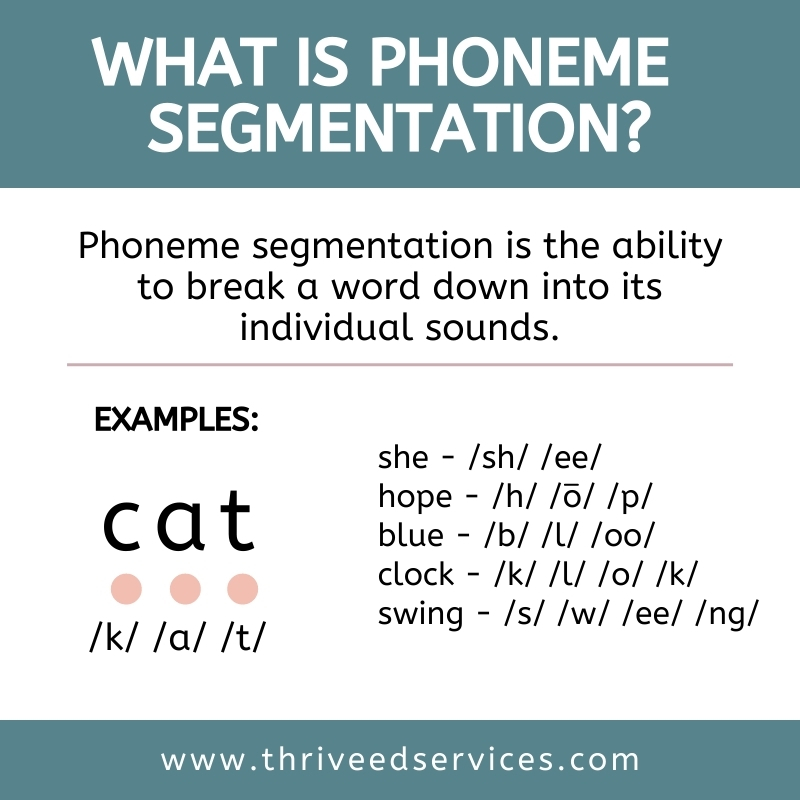
Segmenting
Segmenting and blending are the two skills students start working on when learning to read. When students come to a word they don’t know, they need to first segment the sounds.
Teach them to use their finger to start from the left and sound out every part of the word as they move to the right.
Read more: How To Teach Segmenting
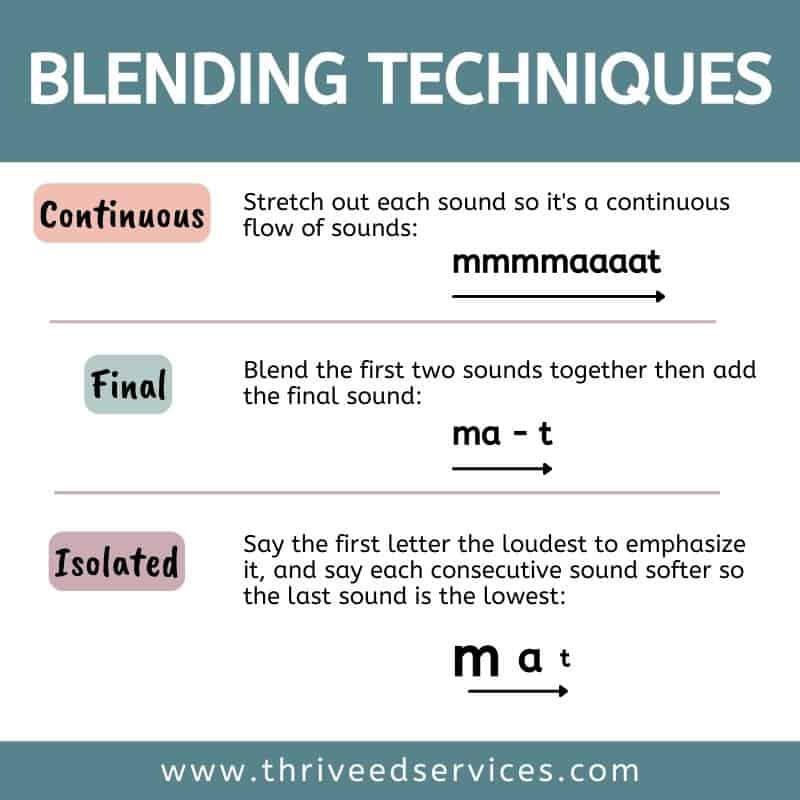
Blending
After segmenting, students can blend the sounds together to say the word. Teach them to use their finger to slide across each sound in the word from left to right as they blend them to say the word.
Read more: How To Teach Blending
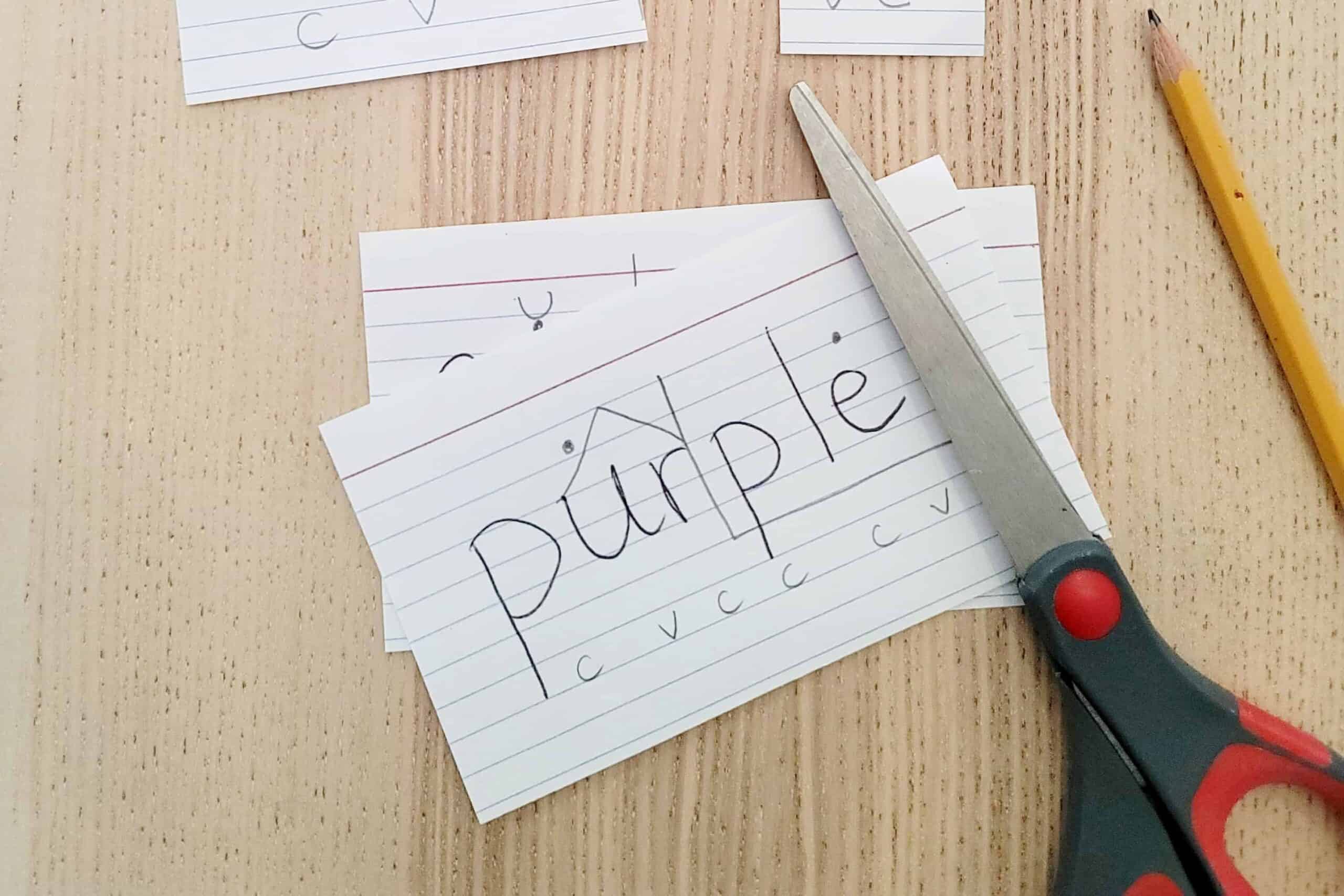
Marking Vowels & Consonants
Spot and dot is a technique I learned when I worked at the dyslexia school that works really well when decoding.
Students look at the word and draw a dot over every vowel they see. This helps them know how many syllables are in the word.
They can also label the vowels and consonants with a V and C below the word.
Students will need to know about vowel teams and consonant digraphs to help them segment the sounds in the word.
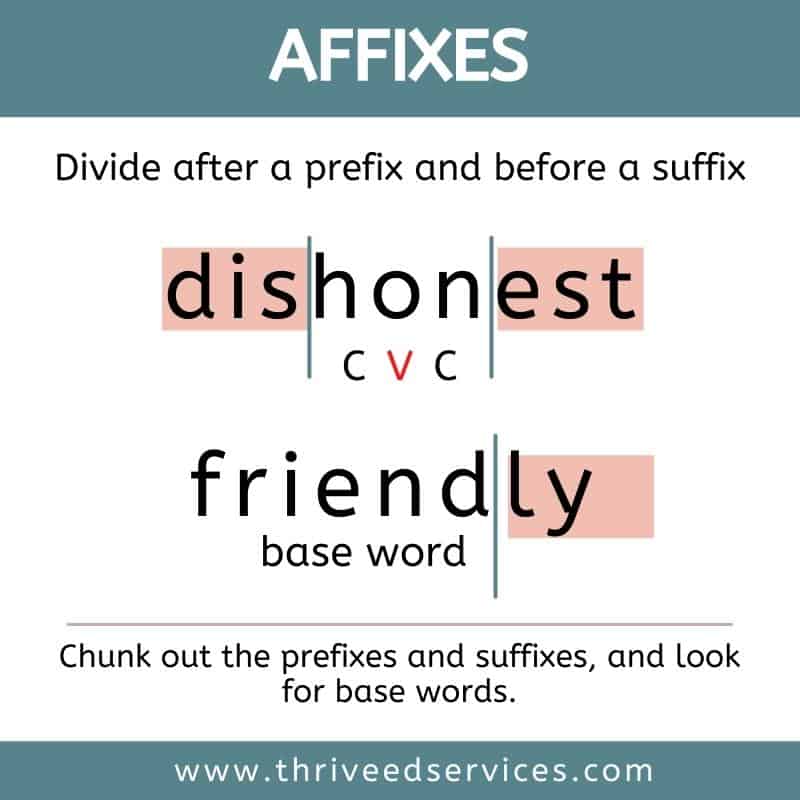
Chunking & Word Parts
For students working with more complex words or multisyllabic words, it helps to identify word parts.
Students can circle affixes, underline bases/roots, and look for spelling patterns they know.
For example, let’s look at the word definition.
Students may recognize the -tion part and can circle that. They may or may not also recognize the Latin root definite in there.
Students can use the spot and dot technique first, chunk out the parts they know, and try splitting syllables.
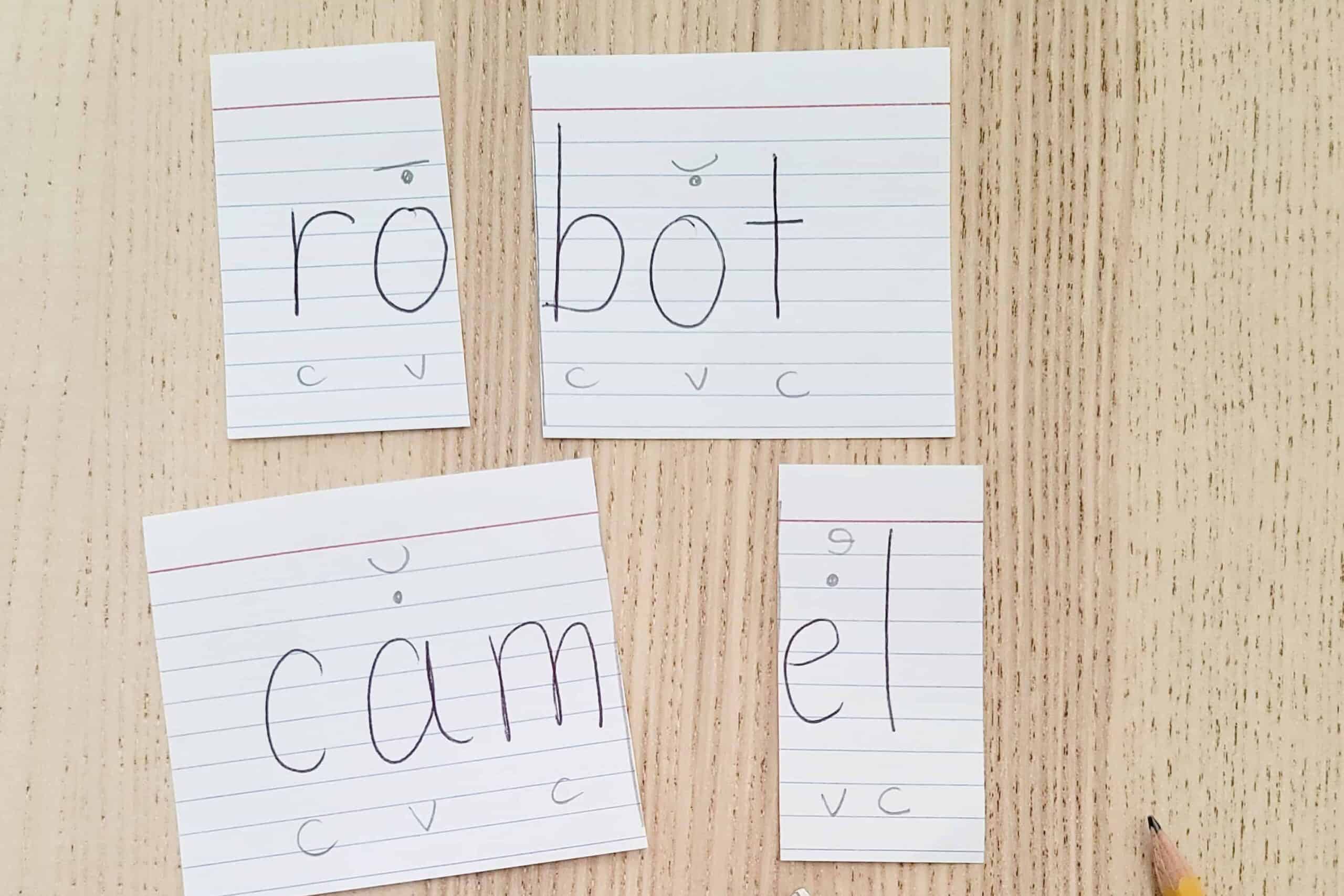
Splitting Syllables
Splitting syllables is very helpful for figuring out vowel sounds and breaking up multisyllabic words.
After finding the vowels and consonants, students can see the patterns and split syllables by drawing a line between them. They can then label the vowels as long or short.
For this to work, students need to be familiar with the six syllable types.
Read more: Syllable Division Rules: How To Divide Words Into Syllables & The Six Syllable Types
Covering Parts of the Word
Another technique we used at the dyslexia school was covering up parts of a word with your finger to decode another part.
Oftentimes, students would be overwhelmed by looking at the whole word. We would have them decode sound by sound or in chunk with their finger. They cover the rest of the word as they decode the first sound or chunk. After, they slide their finger to decode the next sound or chunk, leaving the rest of the word covered.
Decoding Words Activities
Once students have been taught these decoding strategies, you want them to practice. Try some of these decoding words activities to solidify these skills.
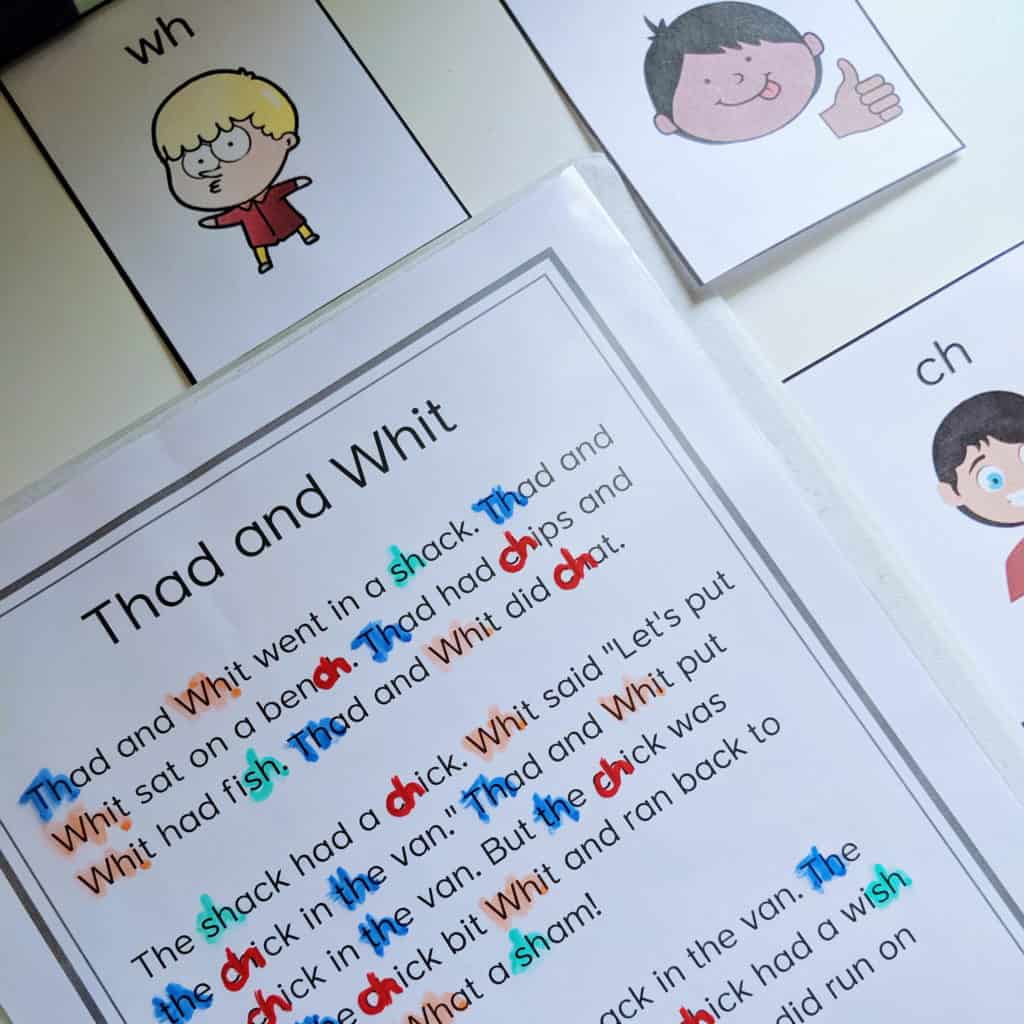
Decodable Books
Decodable books are a great way to follow up on a phonics lesson and practice decoding words.
Many curricula and activities come with a decodable story but you can also get some books and passages to supplement the lesson. Or you can make your own!
Read more: Decodable Books or Leveled Books? Which are better? & Ultimate List of Decodable Texts
Blending Cards
Blending cards are a great way to practice decoding strategies for reading.
With blending cards, students point to each sound, say it, then blend them all together to say the word.
Blending cards are a great scaffolded activity for students who need more explicit help with segmenting and blending. These cards often come with pictures so students can check their answers.
Blending Drills
Blending drills rely on decoding so they are great to use to practice those skills.
To do a blending drill, use phonogram cards or letter tiles for phonemes students know. You can have 2-3 piles of letters, such as a pile of vowels and a pile of consonants. Start off with VC or CVC words.
Create a word and have students decode the word. Then swap out one card/tile and have students decode the new word. Keep repeating this until students have decoded several words.
Nonsense Words
Don’t forget to use nonsense words. Using nonsense words really tells you if the student is decoding and not just memorizing.
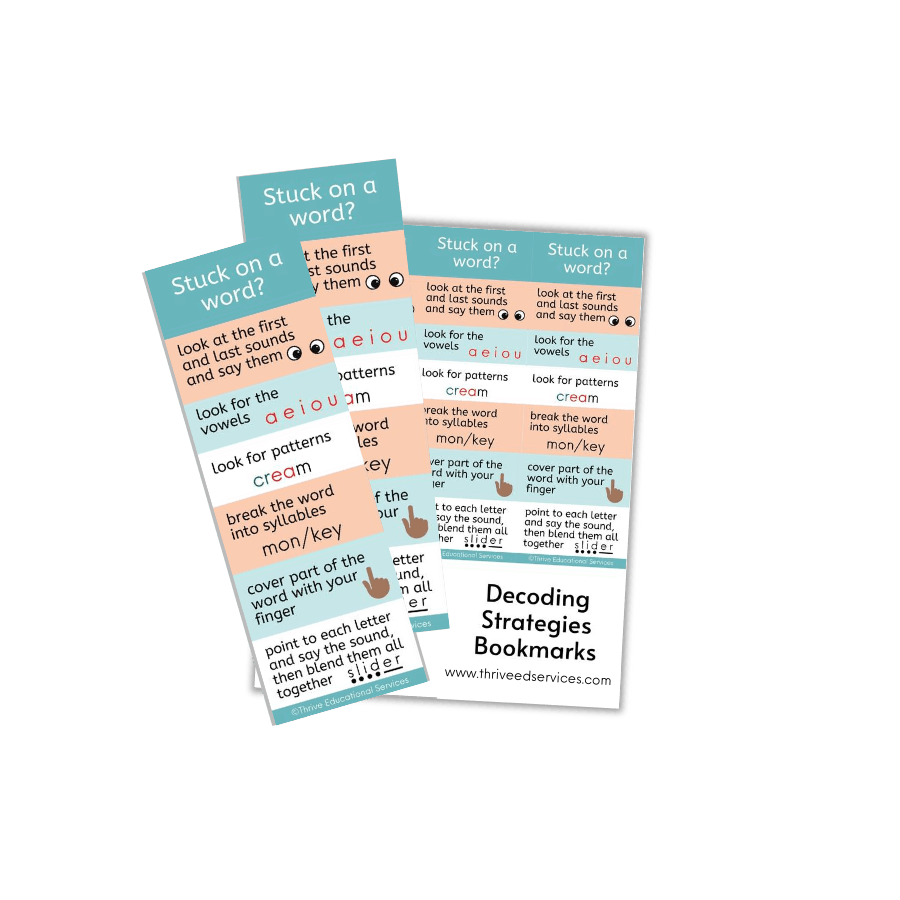
Decoding Strategies Bookmarks
I created these bookmarks a few years ago to help my students recall strategies they can use to decode unfamiliar words. These are part of my SOR Quick Start Guide which you can download for free by signing up below.
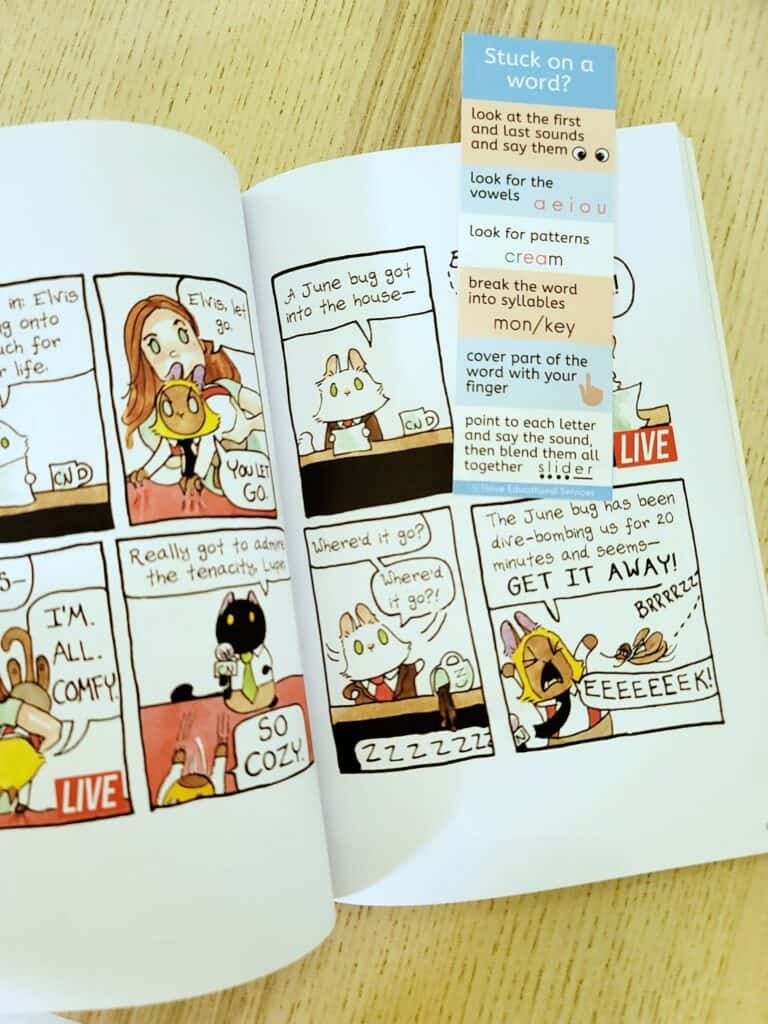
Bottom Line
Decoding is an essential skill for readers to have. It allows them to make sense of the letters and words on a page and turn them into meaningful messages.
The strategies and activities in this post will help you teach your students decoding strategies that will help them read unfamiliar and more complex words.
Sources:
- Reading Rockets: Word Decoding and Phonics
- Structured Literacy Interventions by Louise Spear-Swerling
Want to remember this? Save 6 Effective Strategies To Teach Decoding to your favorite Pinterest board!



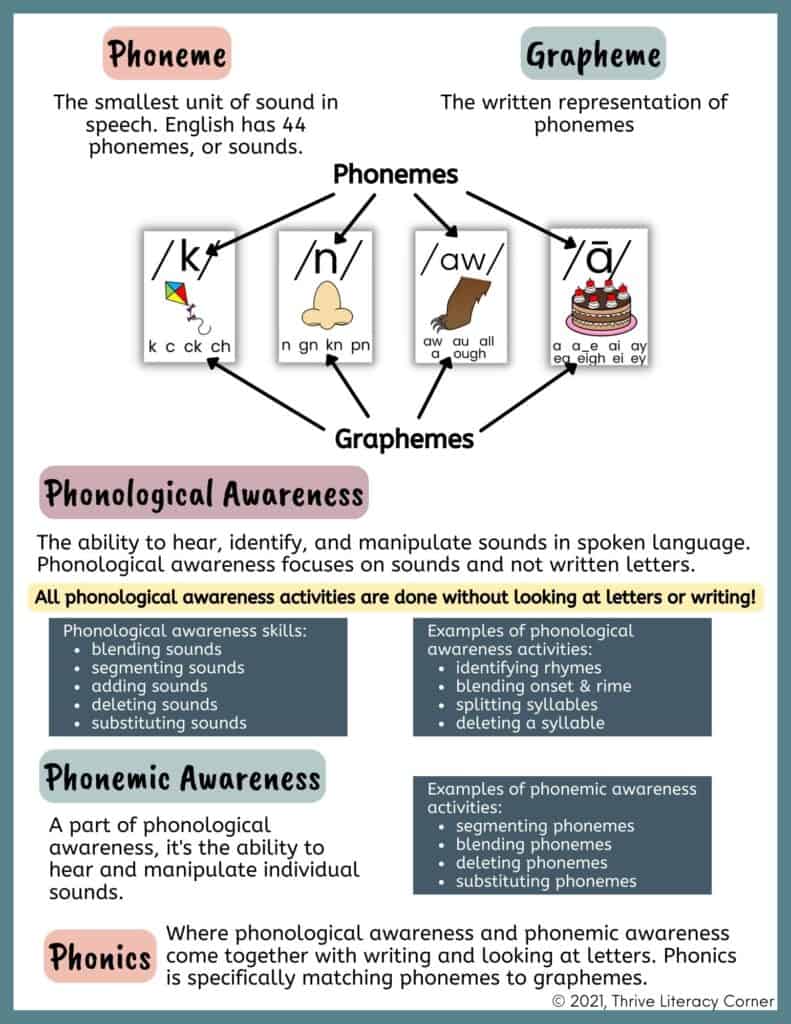
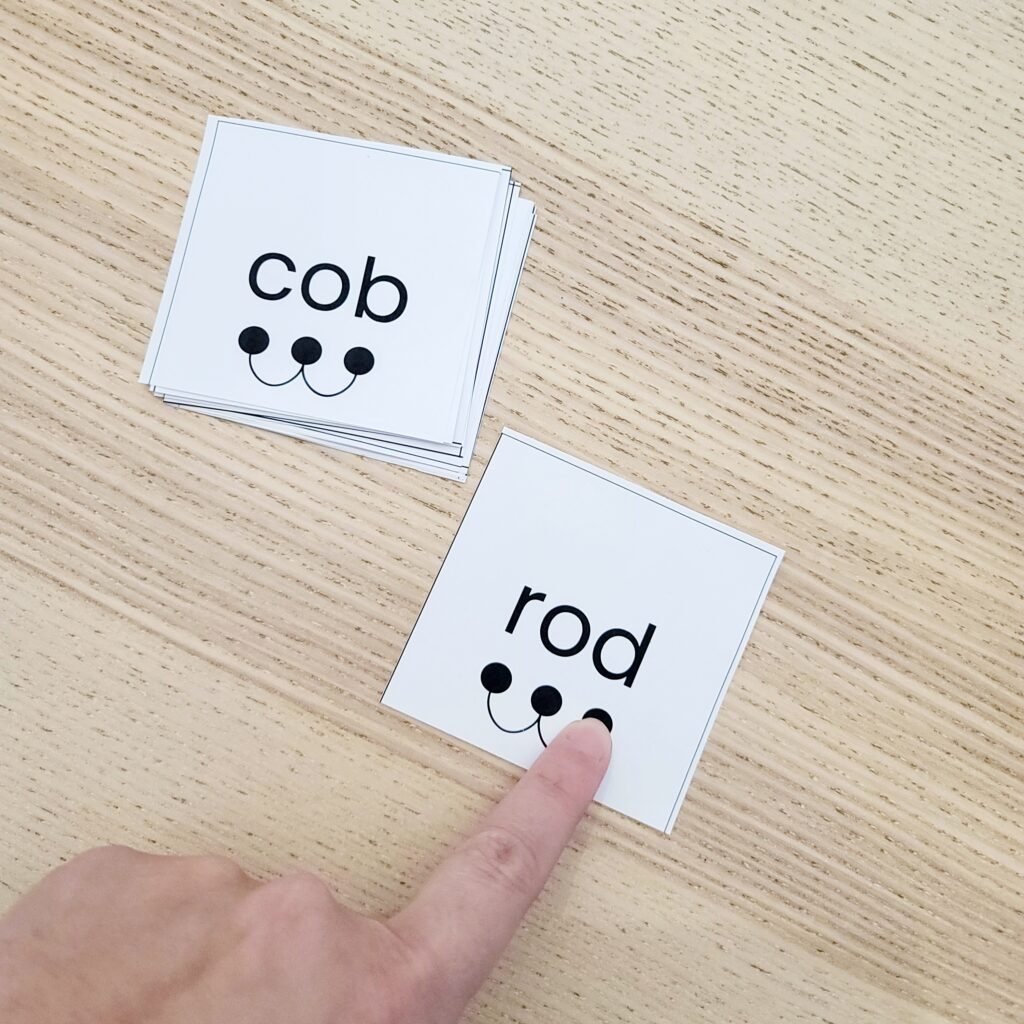
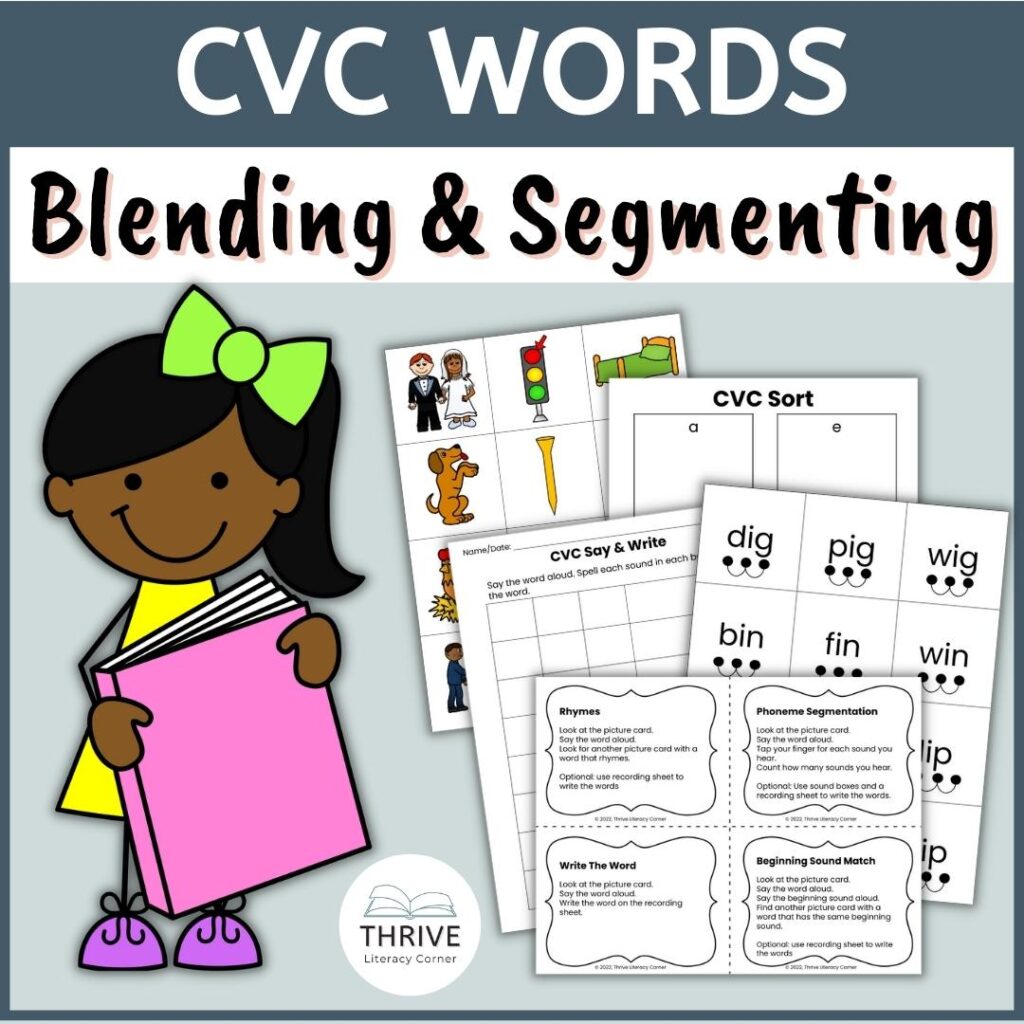
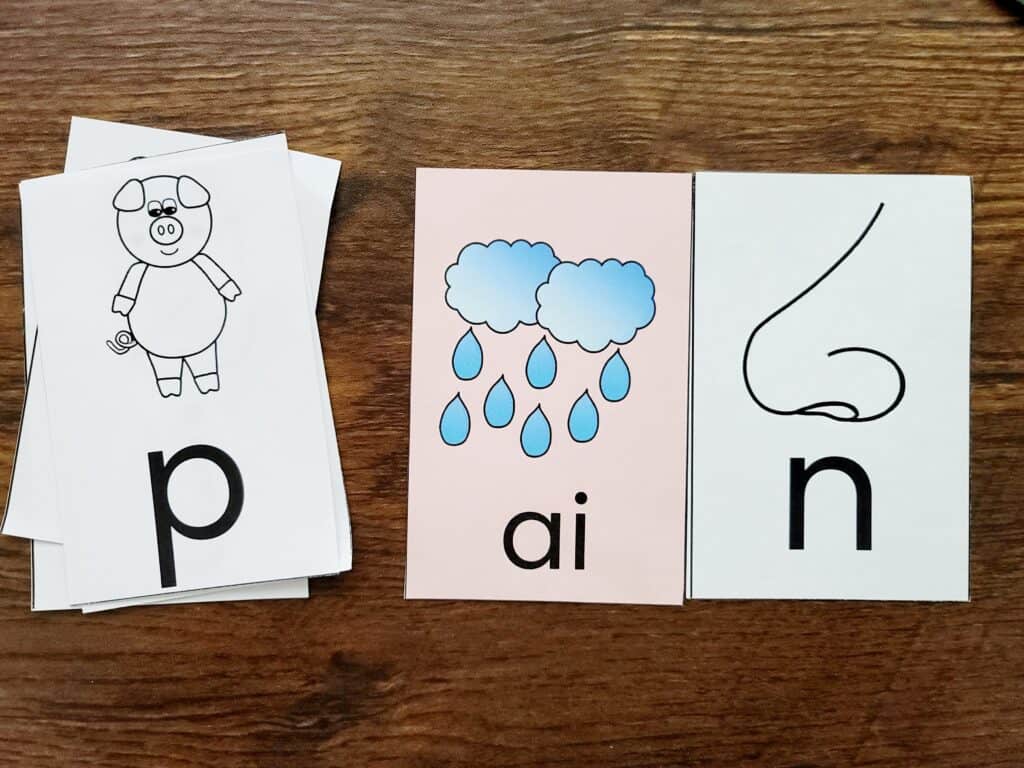
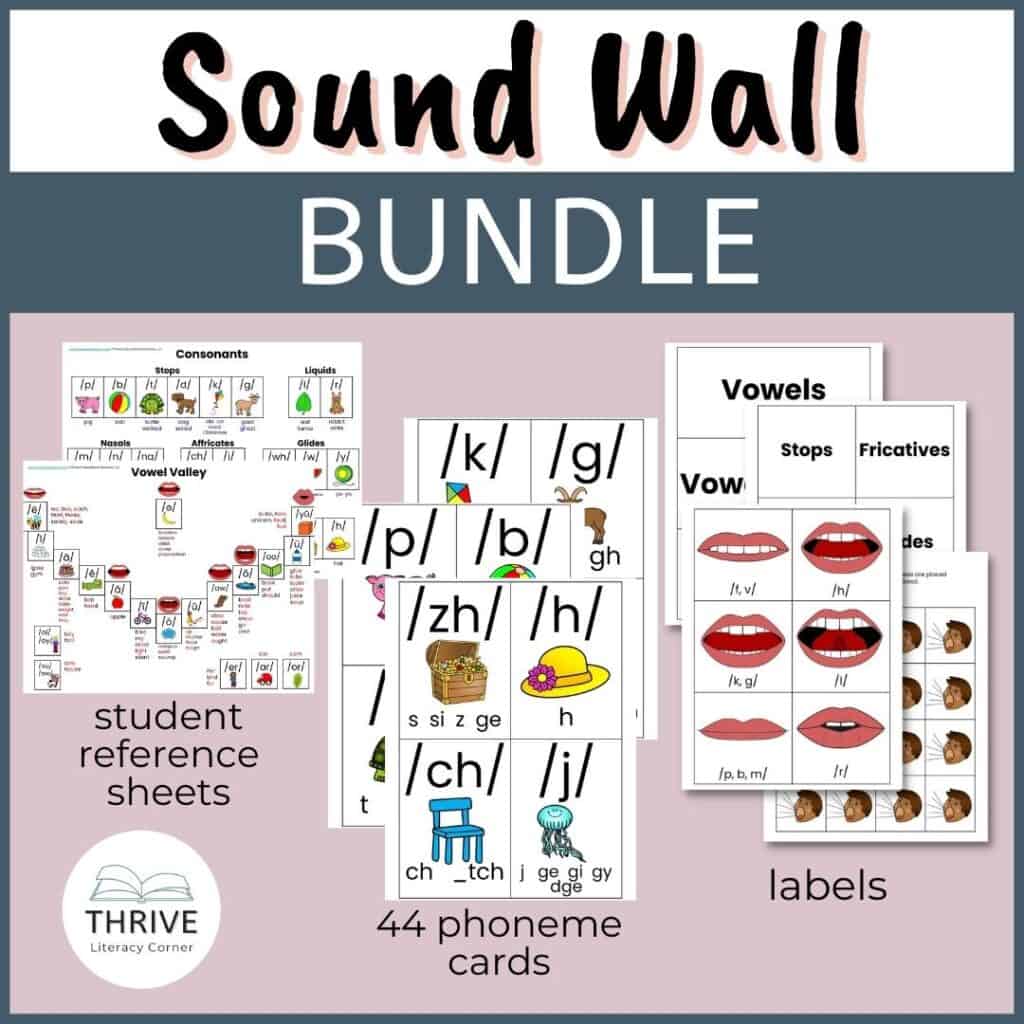
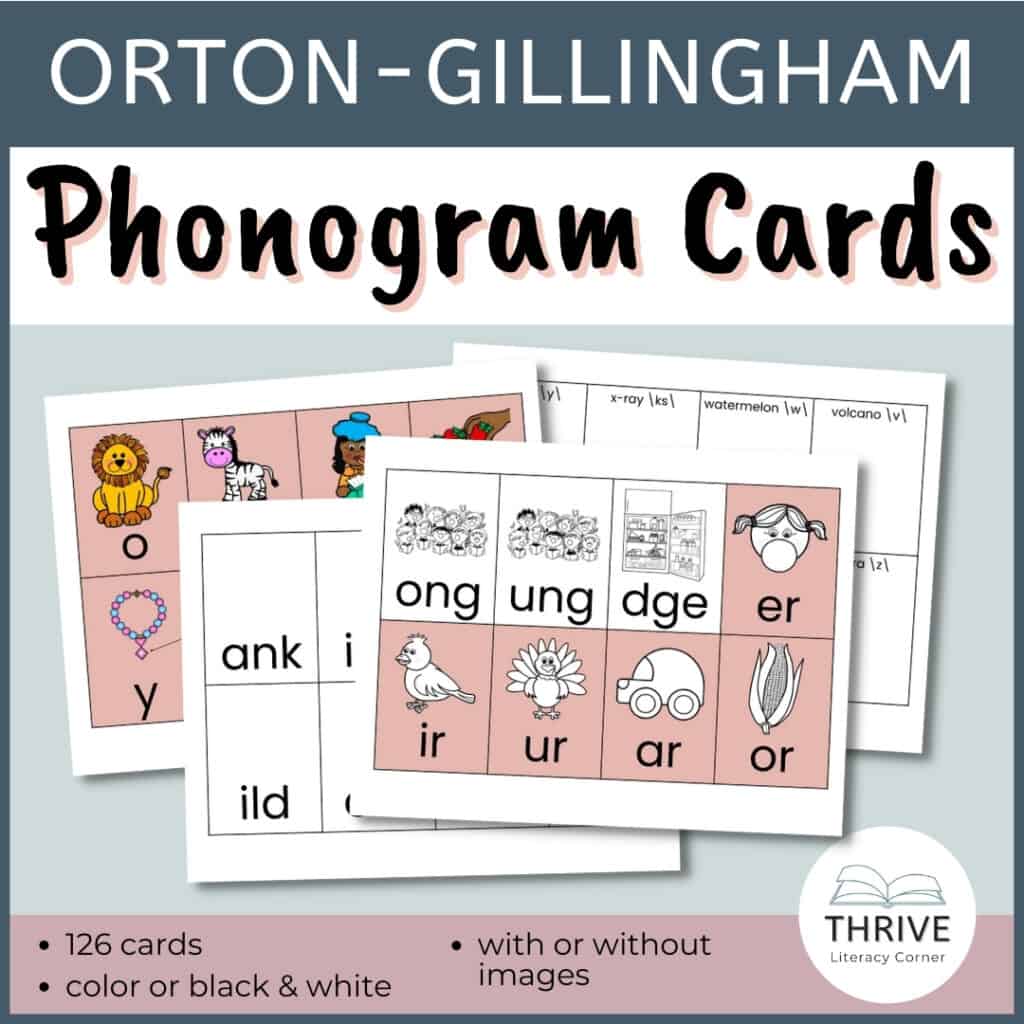
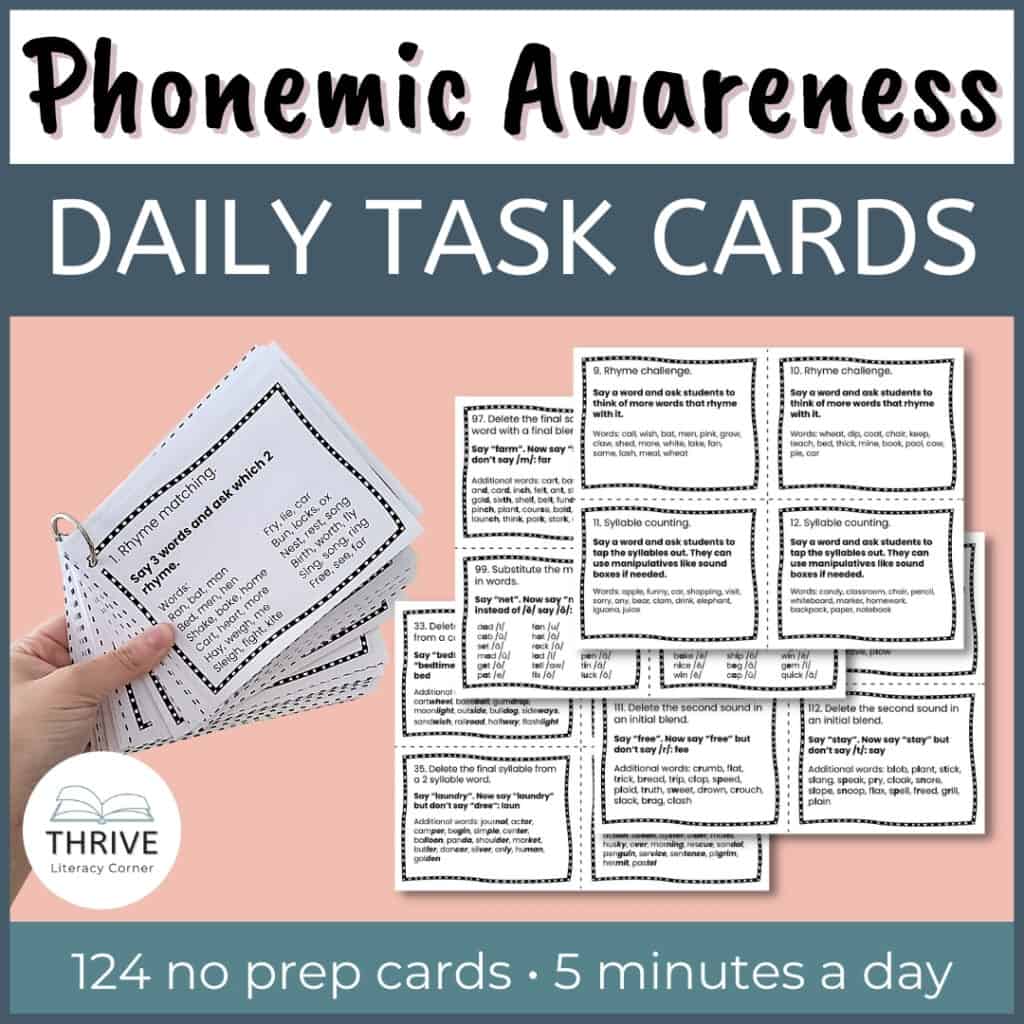

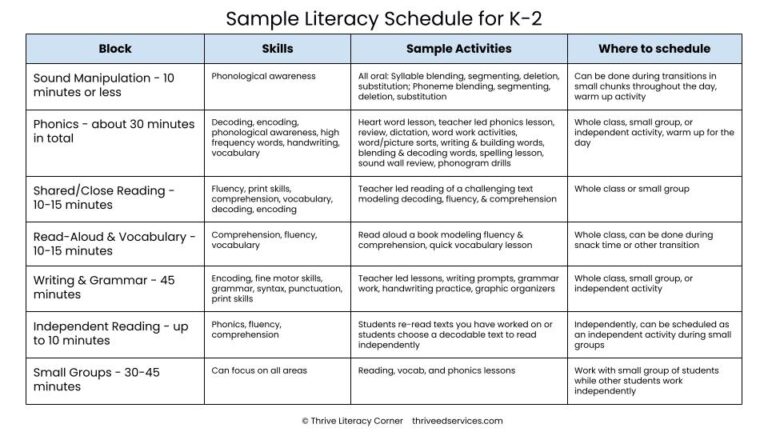
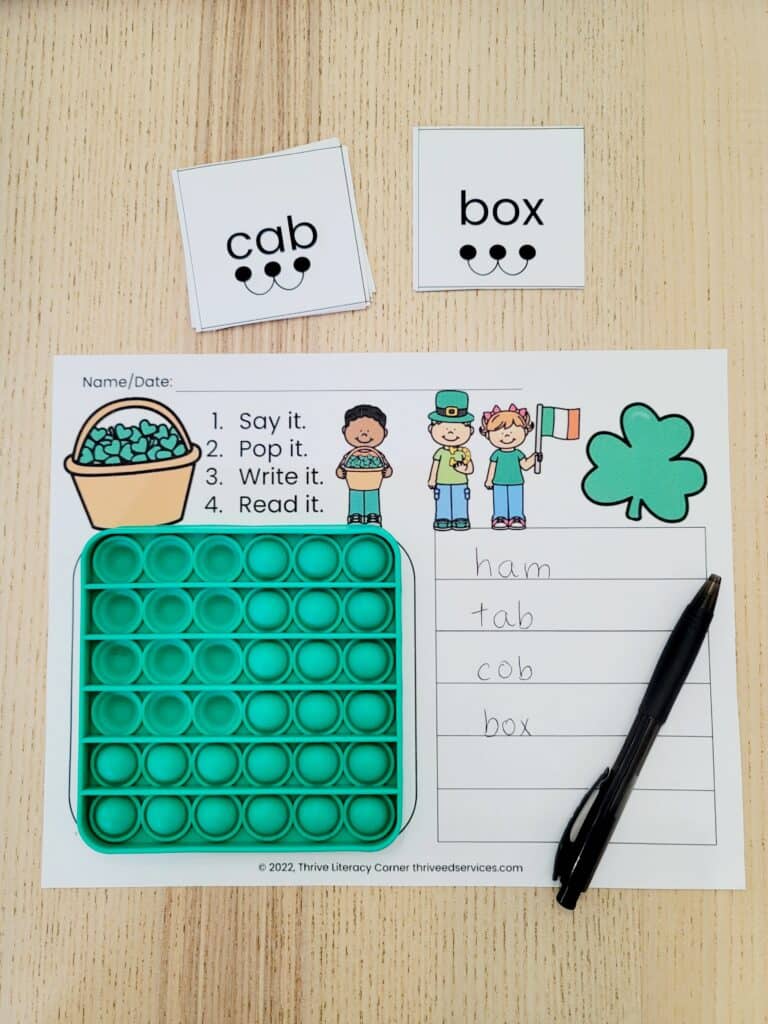
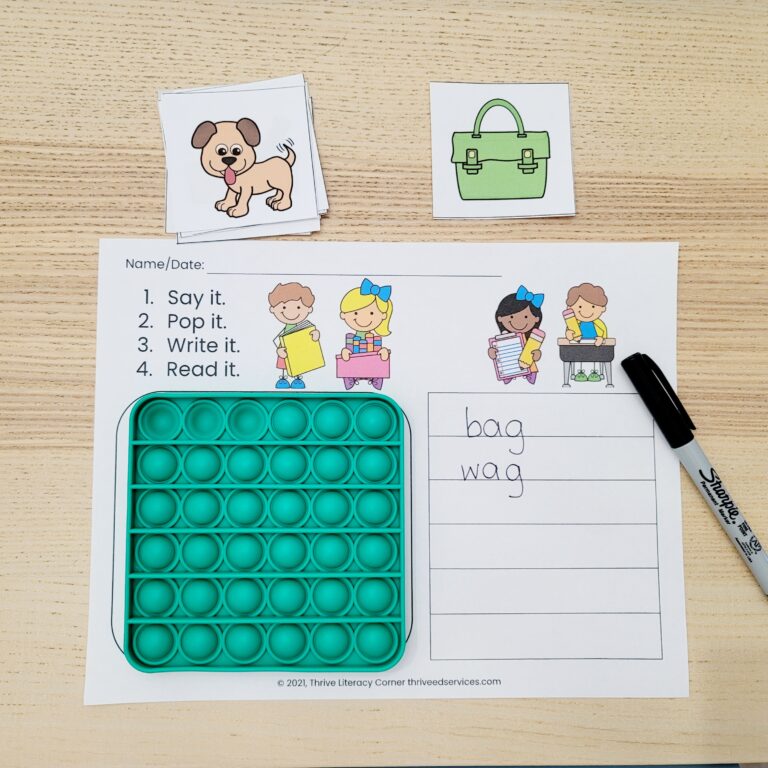
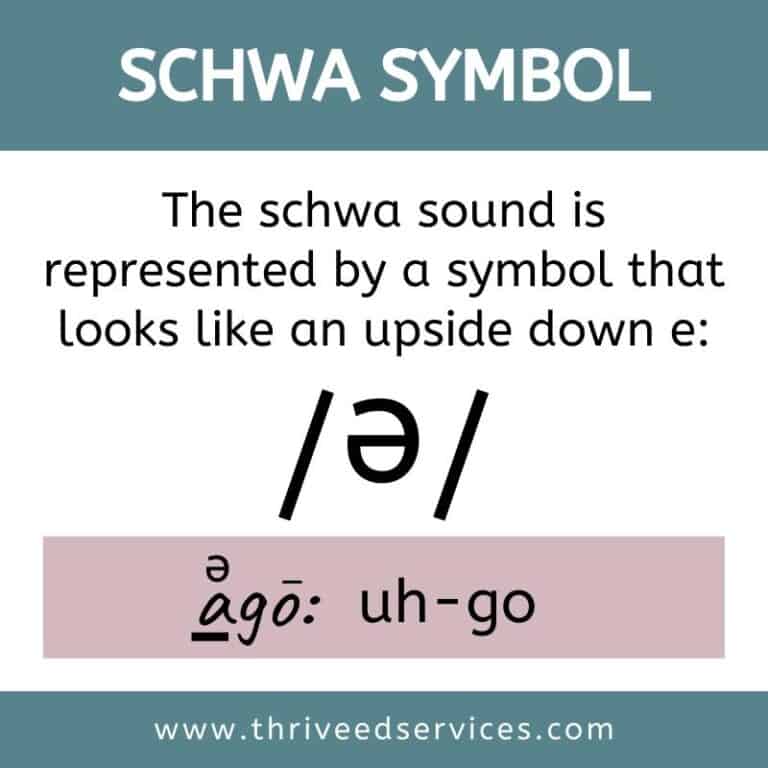
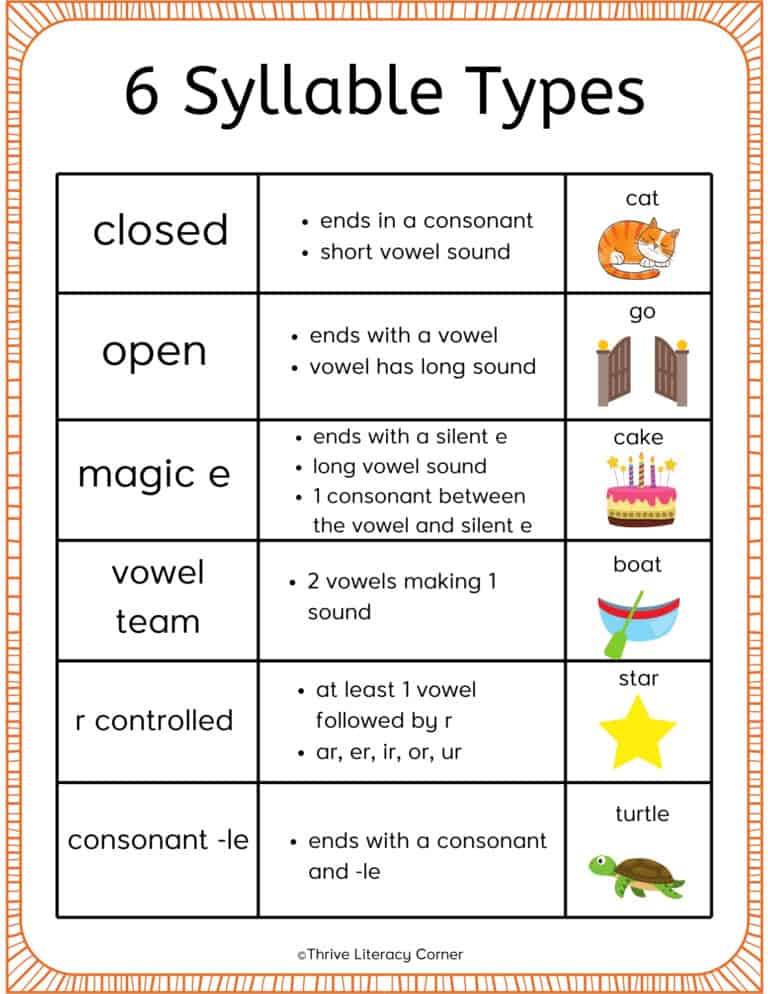
I have been receiving your emails for awhile now. The information is helpful and your materials look great, but I can’t seem to access the free items. You mentioned something about a password at the bottom of every email I receive from you, but I checked my most recent email and do not see a password. What should I do to be able to access your materials?
I believe this was already sorted but if not, just email me.
I am having the exact same issue with the free resources, I wondered if this site was still active?
Hi Mandy. What is the issue you are having? The freebies library password is at the bottom of most emails and is in the welcome email. If it’s that you’re being prompted to enter a password to open and print a file, that’s a common issue with Mac computers. There is no password on the documents but you must open them using Adobe. Feel free to email us for more support.